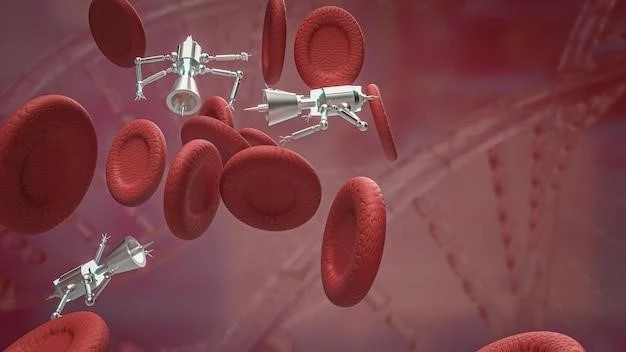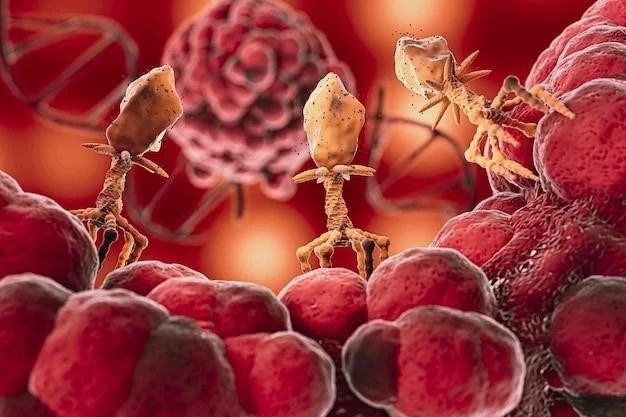Overview of Nonvenereal Endemic Syphilis
Treponematosis, also known as treponematoses, traditionally refers to a group of nonvenereal diseases, including endemic syphilis (nonvenereal syphilis). These diseases are caused by bacteria closely related to Treponema pallidum pallidum, the agent of venereal syphilis.
The nonvenereal treponematosesyaws, endemic syphilis, and pinta, present a major health concern in many countries, caused by an organism similar to Treponema pallidum. These diseases have distinct modes of transmission and epidemiological characteristics.
Definition and Causes
Nonvenereal endemic syphilis, part of the group of treponematoses, is caused by bacteria closely related to the agent of venereal syphilis. These diseases are characterized by distinct modes of transmission and are a significant health concern in many countries, particularly in low-income areas. Endemic syphilis, along with yaws and pinta, poses a major public health challenge due to their impact on affected populations.
Types of Nonvenereal Treponematoses
Nonvenereal treponematoses, which include endemic syphilis (nonvenereal syphilis), yaws, and pinta, are caused by bacteria similar to the agent of venereal syphilis. These diseases present distinct modes of transmission and epidemiological characteristics, posing significant health challenges, particularly in low-income regions.
Yaws
Yaws, a nonvenereal treponemal disease, is prevalent in many low-income countries and primarily affects children under 15 years old. It is caused by Treponema pallidum pertenue٫ a bacterium closely related to the agent of venereal syphilis. Yaws is transmitted through direct skin contact٫ particularly in tropical regions٫ and poses a significant health burden in affected populations.
Pinta
Pinta, a nonvenereal treponemal disease, is caused by Treponema carateum and predominantly affects individuals in low-income regions, particularly children and young adults. This disease presents with distinct clinical manifestations, including skin lesions and discoloration, affecting the quality of life of those impacted. Effective management and treatment strategies are crucial in addressing the challenges posed by pinta in endemic areas.

Distinction from Venereal Syphilis
Nonvenereal endemic syphilis, yaws, and pinta are part of the group of treponematoses that distinguish themselves from venereal syphilis by their epidemiological characteristics and modes of transmission. While sharing similarities with the causative agent of venereal syphilis, these diseases present unique challenges and impact on affected populations.
Mode of Transmission
Nonvenereal treponematoses, including endemic syphilis, yaws, and pinta, are transmitted through direct skin contact, particularly in tropical regions. These diseases present unique modes of transmission compared to venereal syphilis, impacting their prevalence and distribution among populations. Understanding the distinct transmission routes is essential in designing effective prevention strategies for these nonvenereal treponemal diseases.
Global Impact
Nonvenereal treponematoses such as endemic syphilis, yaws, and pinta present a significant health burden, particularly in low-to-middle-income countries. These diseases, caused by organisms resembling the agent of venereal syphilis, have a substantial impact on affected populations, highlighting the importance of awareness and effective public health interventions.
Prevalence in Low-to-Middle-Income Countries
Nonvenereal treponematoses, including endemic syphilis, yaws, and pinta, disproportionately affect individuals in low-to-middle-income countries. These diseases pose a significant health burden in resource-constrained regions, highlighting the importance of targeted public health interventions and improved access to healthcare services to address the challenges associated with these conditions.
Causative Agent
Nonvenereal endemic syphilis, along with yaws and pinta, is caused by bacteria closely related to the agent of venereal syphilis, Treponema pallidum. These diseases contribute to the burden of illness predominantly in low-to-middle-income countries, emphasizing the need for targeted interventions to address these conditions effectively.
Treponema Pallidum Endemicum
Treponema pallidum endemicum is the causative agent of endemic syphilis, a nonvenereal disease prevalent in low-to-middle-income countries. It shares similarities with the venereal syphilis bacterium, emphasizing the need for focused interventions to address the impact of these treponematoses on affected populations.

Clinical Presentation
The clinical presentation of nonvenereal endemic syphilis, yaws, and pinta varies, with manifestations such as skin lesions, disfigurement, and tissue damage. These diseases predominantly affect individuals in low-income regions, highlighting the importance of early diagnosis and appropriate medical management to mitigate the impact on affected individuals.
Symptoms and Manifestations
The symptoms and manifestations of nonvenereal endemic syphilis, yaws, and pinta vary but often include skin lesions, disfigurement, and tissue damage. These diseases predominantly affect individuals in low-income regions, emphasizing the importance of early detection and tailored medical interventions to alleviate the impact on affected populations.
Diagnosis and Laboratory Studies
Diagnosing nonvenereal endemic syphilis, yaws, and pinta requires laboratory tests to identify the causative bacteria and assess disease progression. These diseases may present with distinct clinical features, necessitating specific laboratory studies for accurate diagnosis and appropriate treatment planning.
Testing Methods
Diagnosing nonvenereal endemic syphilis, yaws, and pinta typically involves laboratory testing, including serological tests and microscopic examination of samples. Serological tests help identify specific antibodies or antigens related to the causative bacteria, aiding in accurate diagnosis. Additionally, direct visualization or culture methods may be utilized to detect the presence of the pathogens in clinical specimens, facilitating tailored treatment strategies for these nonvenereal treponemal diseases.
Treatment and Management
Managing nonvenereal endemic syphilis, yaws, and pinta involves targeted treatment strategies, often utilizing antibiotics such as penicillin or doxycycline to address the underlying bacterial infections. Additionally, proper wound care and supportive therapy may aid in symptom relief and promote recovery in individuals affected by these treponematoses.
Approaches to Treating Nonvenereal Endemic Syphilis
Management of nonvenereal endemic syphilis, yaws, and pinta typically involves antibiotic therapy with medications such as penicillin or doxycycline. These treatment approaches aim to eradicate the bacterial infections responsible for these diseases, reduce symptoms, prevent complications, and halt transmission within affected communities. It is vital to ensure appropriate dosing and adherence to treatment regimens for successful outcomes in treating these nonvenereal treponemal infections.
Prevention Strategies
Preventing nonvenereal endemic syphilis, yaws, and pinta involves targeted public health initiatives, including antibiotic treatment, health education on disease transmission, hygiene promotion, and community-based interventions aimed at reducing the spread of these treponematoses. Implementing comprehensive prevention strategies is crucial in mitigating the impact of these diseases on vulnerable populations in endemic regions.
Public Health Initiatives
Effective public health initiatives play a crucial role in preventing nonvenereal endemic syphilis, yaws, and pinta. These strategies include mass antibiotic treatments, health education campaigns on disease prevention, promotion of hygienic practices, and community-based interventions to reduce transmission and prevalence of these treponemal diseases. Collaborative efforts are essential to combat the impact of these conditions and improve health outcomes in endemic regions.
Research and Eradication Efforts
Research efforts and eradication initiatives are crucial in combating nonvenereal endemic syphilis, yaws, and pinta. Ongoing studies focus on understanding disease transmission, developing effective treatment strategies, and implementing community-based interventions to reduce the prevalence of these treponemal diseases. Collaboration between healthcare professionals, researchers, and public health organizations is essential to advance efforts towards eradicating these conditions and improving global health outcomes.
Current Studies and Progress
Current research efforts focus on understanding the transmission dynamics and prevalence of nonvenereal endemic syphilis, yaws, and pinta, as well as evaluating the effectiveness of antibiotic treatments in reducing the burden of these diseases. Progress has been made in developing innovative intervention strategies and implementing community-based programs to address the challenges posed by these treponematoses. Collaborative studies and ongoing surveillance play a crucial role in monitoring and eradicating these infections to improve global public health outcomes.
Conclusion
In conclusion, nonvenereal endemic syphilis, yaws, and pinta represent significant public health challenges, particularly in low-income regions. The ongoing research, eradication efforts, and implementation of prevention strategies are crucial in reducing the prevalence and impact of these treponemal diseases. Collaborative approaches involving healthcare professionals, researchers, and public health organizations are essential in achieving successful outcomes and ultimately improving the global health landscape.
